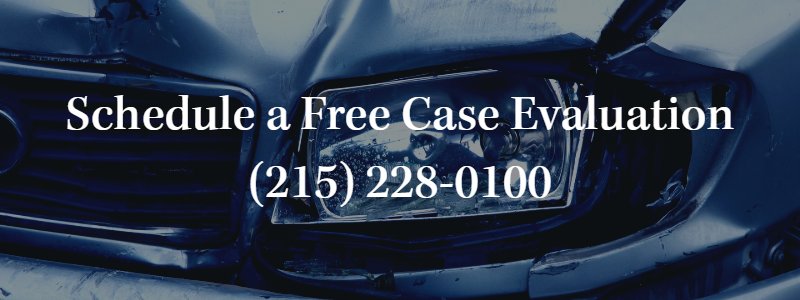While any car accident can be scary and result in a complex insurance battle, chain-reaction crashes can become incredibly complicated. Not only do car accident victims need to deal with their injuries, but they are often left stuck in the middle of a back and forth between the insurance carriers of the various parties involved looking to assign blame and avoid making payouts. Here, the Philadelphia car accident lawyers at the Ciccarelli Law Offices want to discuss chain-reaction crashes.
Types of multi-car accidents
Anytime there are three or more vehicles involved in a crash, this is considered a chain-reaction collision. The term “chain reaction” refers to the way these incidents usually begin. Typically, two vehicles collide initially, and the force of their collision causes one or both of the vehicles to collide with other vehicles around them. Some examples of these types of crashes include:
- Vehicle 2 hits vehicle 1 at a red light, and the force of the impact pushes vehicle 1 into oncoming traffic at the intersection, causing it to slam into vehicle 3.
- Vehicles 1 and 2 are stopped at an intersection when a 3rd vehicle fails to stop when approaching the intersection traffic, subsequently rear-ending vehicle 2. The force of this impact could push vehicle 2 into the back of vehicle 1.
- The driver of vehicle 1 suddenly slams on their brakes, causing vehicle 2 (that was following too closely and unable to stop) to slam into the rear of vehicle 1. Vehicle 3 (also following too closely) then slams into the back of vehicle 2.
What causes them?
Most chain reaction crashes are caused by some sort of human error, which can include:
- Tailgating. This happens when one or more vehicles are following one another too closely. If a lead vehicle stops suddenly, any tailgating vehicles could end up rear-ending one another period
- Speeding. Driving too fast for conditions will reduce amount of time a driver has to avoid a collision or safely stop the vehicle.
- Failure to use a turn signal. When drivers fail to properly use their turn signals to indicate a lane change or turn, drivers behind them will be unaware of the maneuvers and be unable to respond appropriately.
- Distractions. Distracted driving can include a number of actions, including talking on the phone or texting, eating or drinking, talking to passengers, and more. Distracted drivers are much more likely to be involved in chain-reaction collisions.
- Alcohol or drug impairment. Impaired drivers lose the ability to safely operate a motor vehicle. They often travel at unsafe speeds, fail to maintain a single lane, and have slowed reaction times.
Determining fault
Determining fault for a chain reaction crash can be difficult, and often involves extensive investigation on the part of a Philadelphia car accident attorney. Liability for negligence may fall on one or more drivers, further complicating how insurance settlements will work.
Your Philadelphia car accident attorney will rely on video and photo evidence from the scene, eyewitness statements, and police reports to piece together what happened. Under Pennsylvania’s comparative negligence laws, drivers can still receive compensation even if they are partially at fault for the accident.
Contact our Philadelphia Law Firm
If you or somebody you love has been involved in a chain reaction crash, you should seek legal assistance today. At the Ciccarelli Law Offices, we are ready to investigate your case in order to secure the conversation you need. This can include:
- Compensation for your medical bills related to the crash
- Lost wages and benefits if you cannot work
- General household expenses
- Pain and suffering damages
- Possible punitive damages against a grossly negligent party
If you need a Philadelphia injury attorney, you can call us for a free consultation of your case by clicking here or calling (215) 228-0100.
